We completed our DIY raised garden beds last summer, and now that I’m deep into my second crop, I’m basically a gardening expert. KIDDING! I am still a relative newbie, but I will say that I have learned a ton over the last year as I’ve experienced some major gardening victories and fails. Yesterday, I was in the backyard staking my tomato vines and pruning branches, and I realized how far I’ve come in my gardening journey.
Since you guys have been along for the ride, I thought I’d share the top gardening tips for beginners I’ve learned so far. These have been key to my success, and I’ve got to say—my summer crop is on POINT. I’d love to hear if you guys are planting a garden this year, or if you have tips to share that I may have missed. Send me a DM to let me know! And now, read on for six tips that every gardening beginner should know.

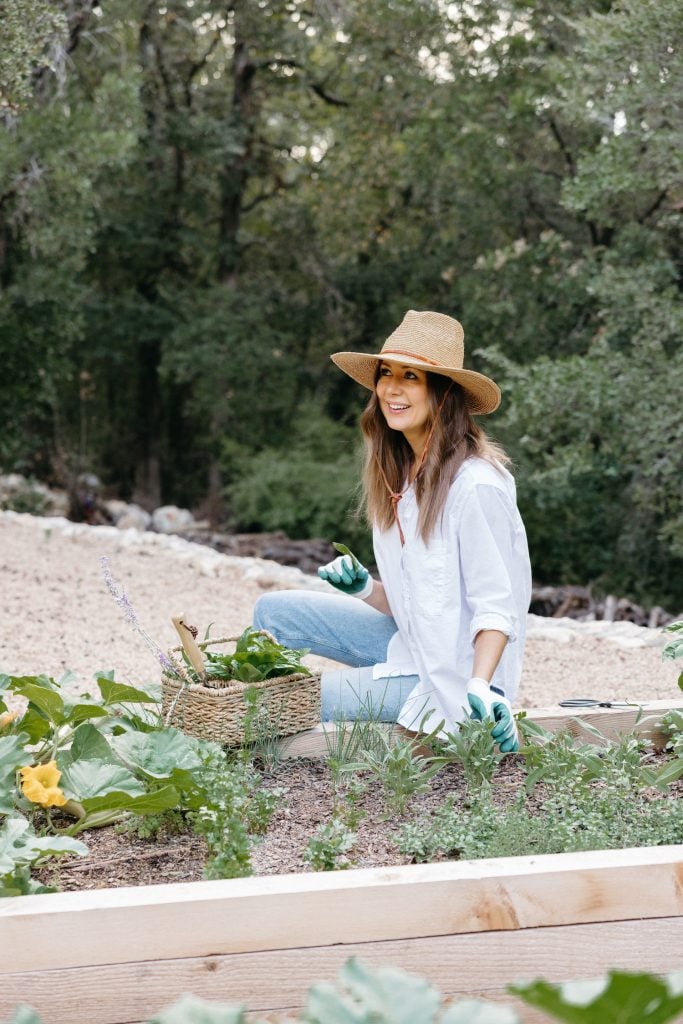
1. Give your plants more space than you think they need
Before you begin planting, research each of your plants to find out exactly how big they will get and how much room you should leave between plants. Space them out accordingly to avoid overcrowding.
This was one of my first major fails when I planted my initial crop last fall. Initially, I made my plan using the square-foot gardening method and mapped out exactly where everything would go. Of course, it didn’t turn out to be quite so clear-cut. I bought way more plants at the nursery than I’d planned (they were all so beautiful!) and I ended up free-styling a bit to make them all fit. By the time my butternut squash reached “Little Shop of Horrors” status, it was too late and the massive plants choked out the poor bell pepper plants that I’d planted in the same bed.
In contrast this spring, I planted just five tomato plants in my 8-foot by 4-foot bed, and they had room to stretch, grow, and really thrive.

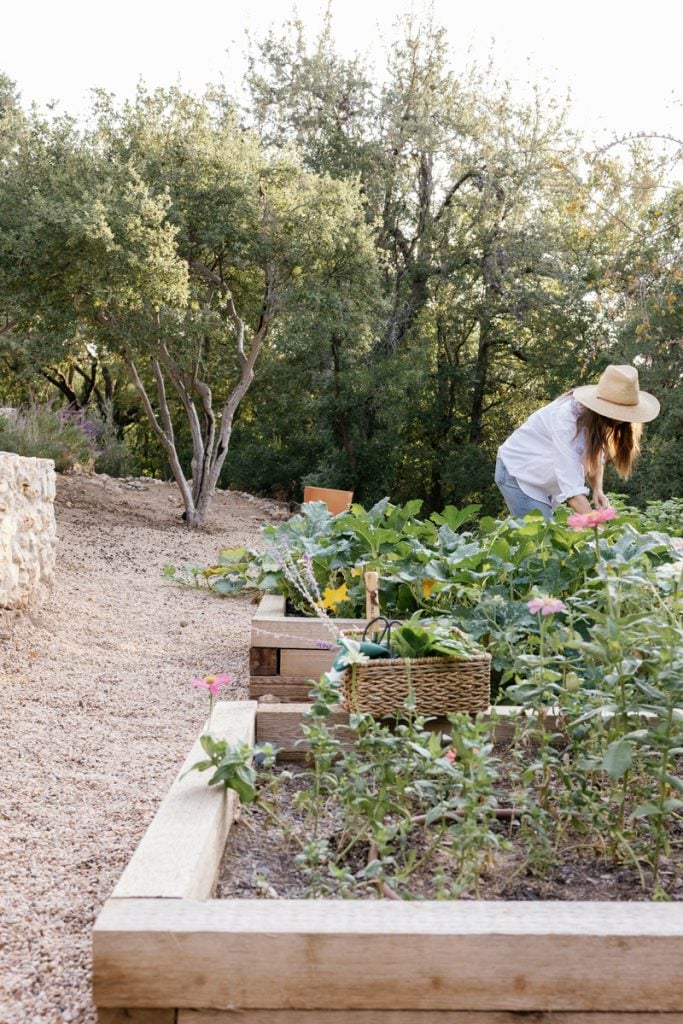
2. Make sure you have good soil
This is one of those basic gardening tips for beginners that makes a huge difference. If your soil is hard or feels like clay, your plants may not be able to grow roots. If this is the case, add fresh soil, mulch, and compost before planting, making sure to aerate as deep as you can.
We filled each of the vegetable beds with 16-20 bags of healthy, nutrient-rich potting soil.

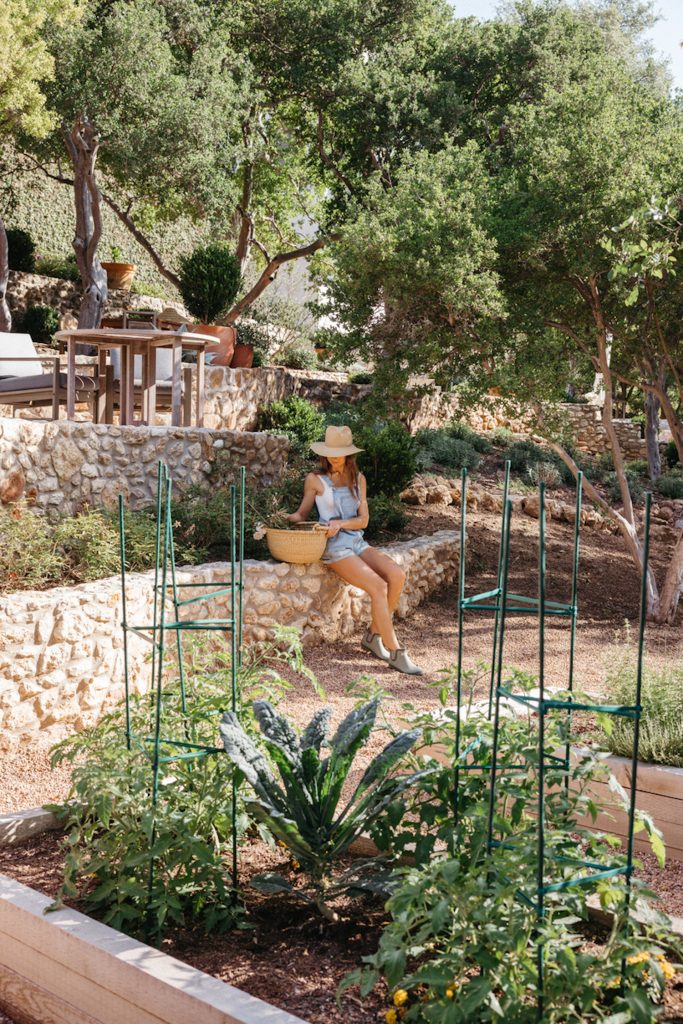
3. Know your planting region
Do a quick internet search to find out what planting region your city falls under, then talk to someone at your local plant nursery to find out the best native plants for your region. These are the plants that will truly thrive. Sure, you can find this all online, however, I learned from experience that nothing beats asking a veteran gardener all your questions and listening to their hard-won gardening tips for beginners.
I did tons of reading about what will thrive in Austin’s Zone 8, knowing that our climate vacillates from incredibly hot to occasional hard freezes in the winter.
I decided to devote each of my raised beds to a different purpose: one for flowers, one for herbs, and one for vegetables. This helped me organize my brain to choose varieties of each that would thrive in Zone 8. However, as I become a more experienced gardener, I’ll start mixing up what goes in each bed since many plants love to be surrounded by different species.

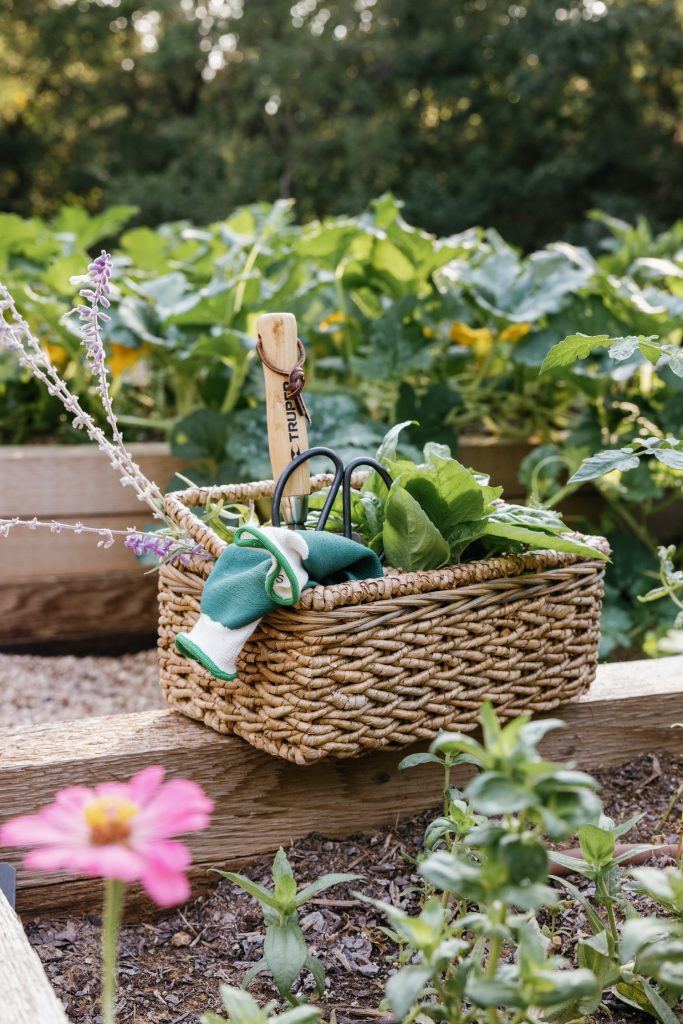
4. Create a gardening calendar
After doing my research, I created calendar appointments to remind me of the correct timing for all my upcoming garden prep tasks. This might be fertilizing every eight weeks, planting seeds at the beginning of spring, or cutting back/pruning my plants at the end of their growing season. It helps me stay on schedule, plus I can set the calendar tasks to recur year after year and make notes of certain things I want to remember next time.


5. Stay on top of watering
My entire family used to make fun of my “brown thumb”—in the past, I’d kill every plant I bought. My obvious problem? I’d simply forget to water! Making sure to water frequently enough is key to keeping plants thriving, especially with newer plants. Be sure the water penetrates the soil—as opposed to just putting it on the surface. You want it to soak deep down into the roots.
For our current garden, we installed drip sprinklers so that even in the height of Texas summers, our plants would get consistently watered at their roots. Drip sprinklers are also a more eco-friendly choice since far less water evaporates into the air.

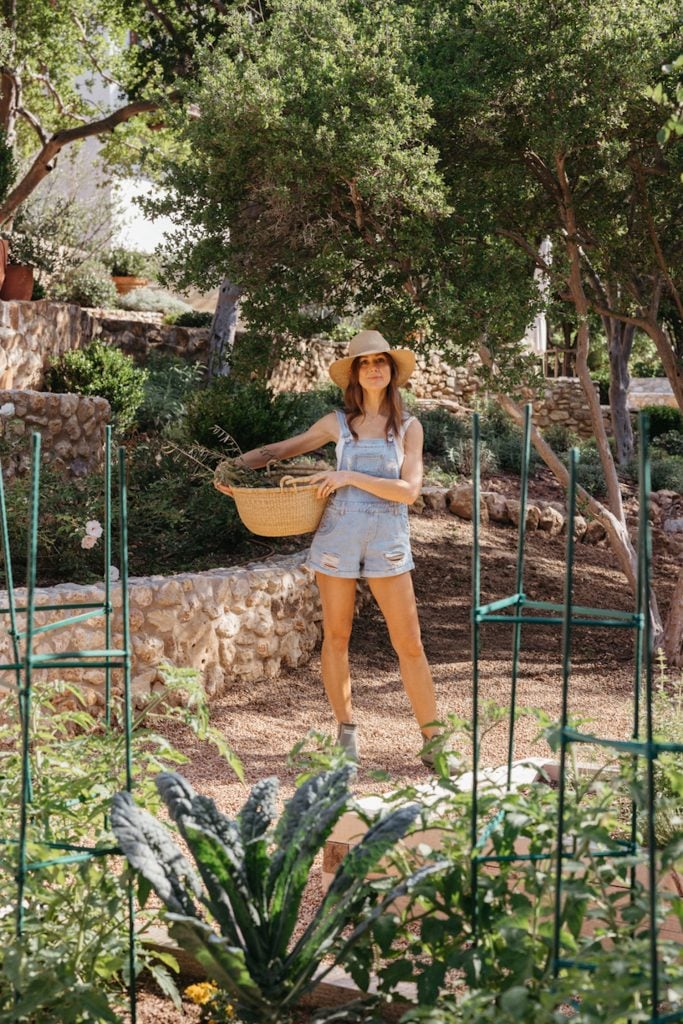
6. Enjoy the process
One thing that’s surprised me about this whole gardening journey? I actually really enjoy the maintenance phase of the garden, and it requires less work that I expected. Taking time a few days a week to deadhead, weed, and tidy up gives me an opportunity to get in my flow state and see which plants are thriving. Plus, I catch potential issues before they become major problems. The other day, I headed down to the garden and within 48 hours, caterpillars had decimated a couple of my lettuce heads. I quickly did my pest prevention research and treated the lettuce with a solution of vinegar and water to repel further caterpillar infestations.
And remember: with a garden, nothing goes perfectly! It’s nature, which means that there are so many elements out of your control (pests, weather, disease…). Enjoy the process. I do my best to not sweat the small stuff, instead noting my learnings so I can keep getting better and throw my experience into my next crop.






